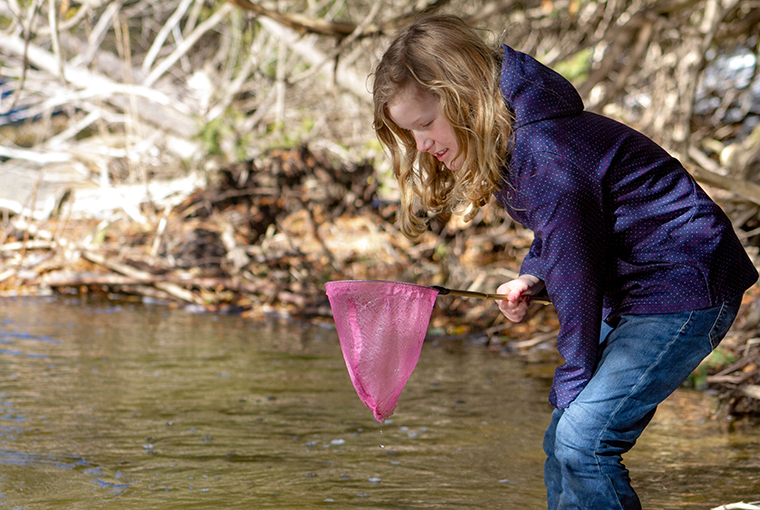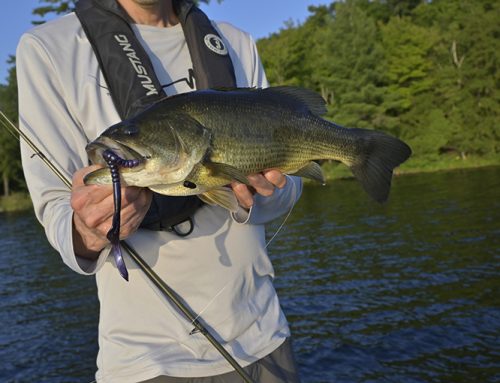
Most of us are aware of the adage, “canary in the coal mine,” a reference to how we used to determine air quality in mines.
Miners carried caged canaries with them into tunnels. If the birds died, it was an indication that lethal gases such as carbon monoxide were present, a warning for miners to leave. This practice dates back to 1911 and formally ended in 1986.
Similarly, aquatic invertebrates can indicate the health of water systems. Typically, macroinvertebrates, those visible without magnification, are used instead of smaller invertebrates (meiofauna) that must be sent to labs to be identified with microscopes.
Macroinvertebrates are relatively easy to identify with the naked eye, generally live for more than 12 months, and are easy to sample. This is all great when it comes to getting youth involved in assessing water quality.
Important bugs
Very few people are aware of the presence of aquatic invertebrates, let alone their importance in water systems. These invertebrates act as bioindicators of the overall condition of freshwater ecosystems. Aquatic invertebrates can be found in a variety of habitats – from standing pools to lakes — as well as small springs to large rivers. The greatest diversity of aquatic insects is found in medium-sized, forested streams with gravel and cobble substrates. You can find them crawling on rocks, leaves, and branches, under woody debris or stones, or buried in sand or sediment.
As a fly fishing guide, I turn over rocks to show clients the macroinvertebrates within that particular water system. Now they can match the hatch while I explain how these crawling insects are a great indicator of water health.
We must understand which bugs are indicators of healthy water or unhealthy water. Like most living things in the world, there is a life cycle, usually from an egg to an adult. Aquatic invertebrates are no different, but for assessing water quality we look at their larval and nymphal stages. Aquatic invertebrates have different tolerances to a variety of pollutants.
Indicators explained
Aquatic invertebrates such as mayflies, stoneflies, and caddis flies, are indicators of good water quality, as they are intolerant of pollutants. These aquatic insects are very sensitive to changes in their habitat. If you notice reduced numbers of them over several years, it means water quality is decreasing. Aquatic earthworms, leeches, and non-biting midges, on the other hand, are very tolerant of pollutants, meaning they could be indicators of poor-quality habitat.
For more than 40 years, I’ve been showing students from elementary school to high school to university how to do the bug dance. This includes the participants at the Grand River Conservation Authority’s summer camps. One student with a small-screened net, stands downstream of another student. With the net on the bottom, the upstream student starts doing the “twist” in the substrate, dislodging aquatic macroinvertebrates. These are then caught in the net where they are removed and analyzed. Try it; young people love it!
Citizen scientist
If you have a little understanding of aquatic invertebrates, you can become a citizen scientist by collecting and then releasing these creatures. This is great to do on any water within your backyard, your neighbourhood, or your community. Do this study once or twice a year for several years. By comparing your notes, you will determine whether the water quality in that particular body of water is improving or deteriorating.
As an angler, not just a fly angler, you should be aware of what aquatic invertebrates are present in the water system you are fishing. They could contribute to the success of your day.
Originally published in the May 2023 issue of Ontario OUT of DOORS
Larry Mellors is an avid multi-species angler and an award-winning, dedicated conservationist. He owns Friends on The Fly, offering fly fishing guiding and education.
For more on hunting, click here






Leave A Comment